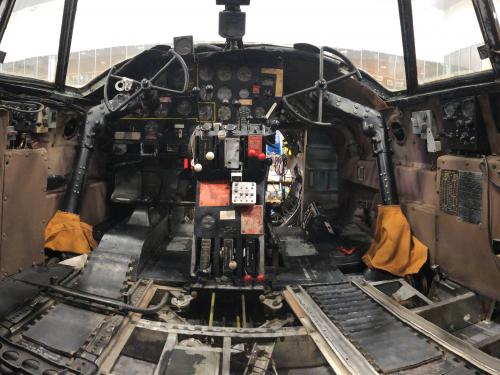
Story
Our conservators and curators recently faced an interesting question: Is it practical to retain perishable material and what long-range obligations are required? To find the answers, a collaborative effort was required, allowing for preservation of our collection of space food.










